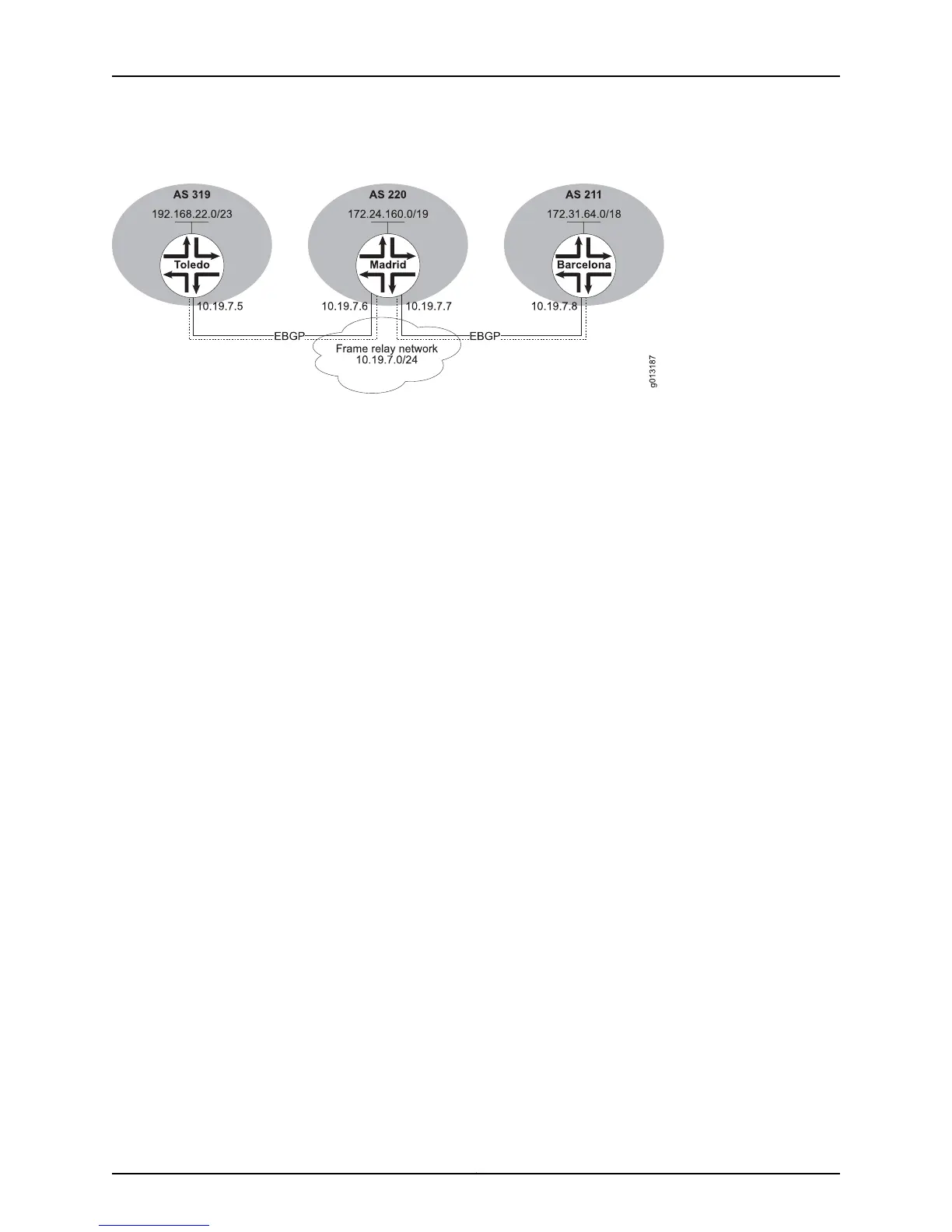Figure 30: Next-Hop Behavior for Nonbroadcast Multiaccess Media
Routers Toledo and Madrid are EBGP peers, as are routers Madrid and Barcelona. When
router Toledo advertises prefix 192.168.22.0/23 to router Madrid, router Madrid makes
the same comparison as in the BMA example, and leaves the next-hop attribute intact
when it advertises the prefix to router Barcelona. However, router Barcelona will not be
able to forward traffic to 192.168.22.0/23, because it does not have a direct PVC
connection to router Toledo and cannot reach the next hop of 10.19.7.5.
You can use the neighbor next-hop-self command to correct this routing problem. If you
use this command to configure router Madrid, the third-party next hop advertised by
router Toledo is not advertised to router Barcelona. Instead, router Madrid advertises
192.168.22.0/23 with the next-hop attribute set to its own IP address, 10.19.7.7. Router
Barcelona now forwards traffic destined for 192.168.22.0/23 to the next hop, 10.19.7.7.
Router Madrid then passes the traffic along to router Toledo.
To disable third-party next-hop processing, configure router Madrid as follows:
host1(config)#router bgp 319
host1(config-router)#neighbor 10.19.7.8 remote-as 211
host1(config-router)#neighbor 10.19.7.8 next-hop-self
neighbor next-hop-self
• Use to prevent third-party next hops from being used on NBMA media such as Frame
Relay. This command is useful in nonmeshed networks such as Frame Relay or where
BGP neighbors may not have direct access to the same IP subnet.
• Forces the BGP speaker to report itself as the next hop for an advertised route it learned
from a neighbor.
• If you specify a BGP peer group by using the peerGroupName argument, all the members
of the peer group inherit the characteristic configured with this command. You cannot
override the characteristic for a specific member of the peer group.
• New policy values are applied to all routes that are sent (outbound policy) or received
(inbound policy) after you issue the command.
To apply the new policy to routes that are already present in the BGP routing table,
you must use the clear ip bgp command to perform a soft clear or hard clear of the
current BGP session.
Copyright © 2010, Juniper Networks, Inc.108
JunosE 11.2.x BGP and MPLS Configuration Guide
